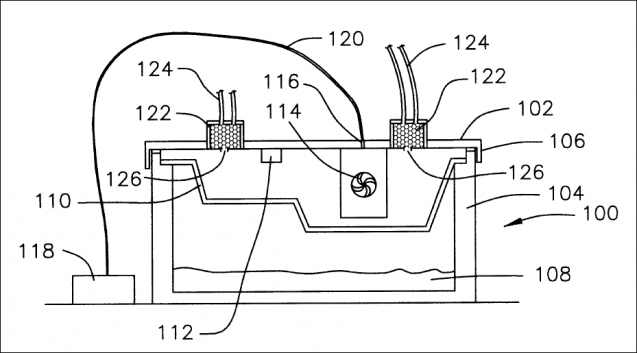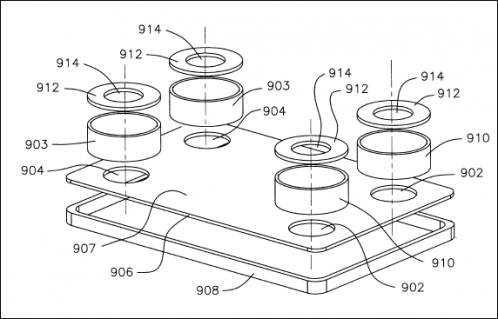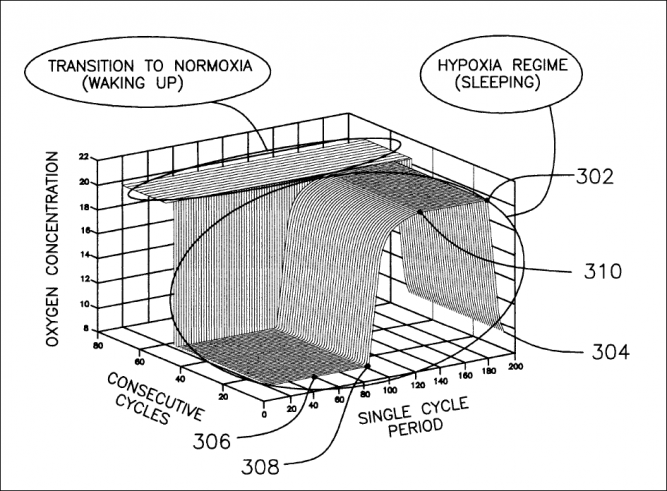Chronic Intermittent Hypoxia
The need to rapidly vary and precisely control the proportions of different gases in laboratory specimens is widespread in life science research, affecting many in vitro and in vivo applications. One such instance relates to sleep apnea, where numerous animal models exist that simulate the effects of chronic intermittent oxygen starvation on the human physiology.
Current state-of-the-art devices generally include purpose-built chambers that house several standard laboratory cages. These chambers are integrated with gas delivery systems that cycle the oxygen levels between selected concentrations, within a prescribed time and an imprecise vicinity of the animals. Control is performed through traditional closed- and open-loop feedback algorithms based on predefined timing schedules, or even activated directly by the animal’s brainwave signals and arousal state. The device described herein:
1) can tightly control the oxygen concentration within the rodent’s vicinity, along with its blood-oxygen level,
2) maximizes the mixing rate within commercial cages, thereby minimizing external gas requirements,
3) measures oxygen, carbon dioxide, ammonia, temperature, relative humidity, and pressure closer to the animal than any commercial product to date,
4) minimizes the system’s required laboratory footprint,
5) can be adapted easily to address the design flaws inherent in the current state-of-the-art environmental chambers,
6) contains a computer-based control and data acquisition interface for oxygen scheduling,
7) eliminates extraneous stimuli to the animal (air jets, noise, etc.), and
8) is low-cost.

Figure 1: From US Patent Application 2011/0023,789

Figure 2: Another manifestation of the lid design. Also from US Patent Application 2011/0023,789

Figure 3: Experimental results showing oxygen concentration with respect to time for a multitude of contiguous cycles of hypoxia and return to normoxia. Note transition from waking to sleeping period. Also from US Patent Application 2011/0023,789.

